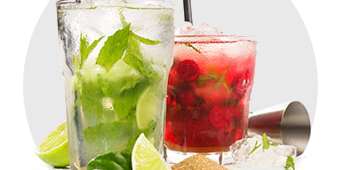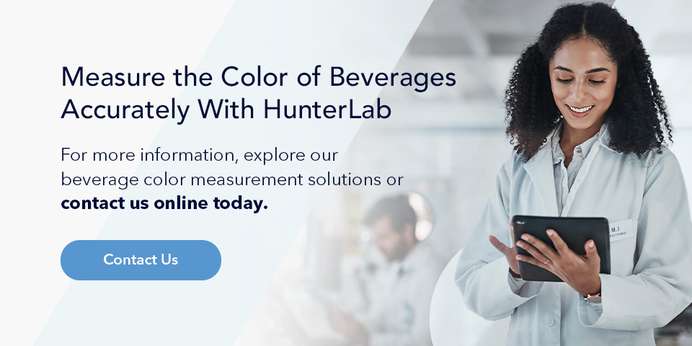
The best way to measure the color of beverages is by using a benchtop spectrophotometer. As beverages can come in various forms, such as translucent, transparent and opaque, a benchtop spectrophotometer is best for color measurement.
Measure Beverages According to Their Liquid Form
When you measure the color of beverages, utilizing a tool like a spectrophotometer that considers haze and transparency is essential. There are two types of beverages that will influence how you measure your drinks during production:
- Translucent and transparent liquids: Some beverages are clearer than others, but if light can penetrate through the beverage, you're testing a transparent or translucent liquid. Spectrophotometers measure transmittance and transparency in these drinks.
- Opaque beverages: These are liquids in which little to no light can pass through, and they can have a cloudy appearance due to pulp or other particles. Spectrophotometers measure reflectance for these beverages.
It's vital to have a beverage color analyzer that measures both translucent and opaque liquids.


